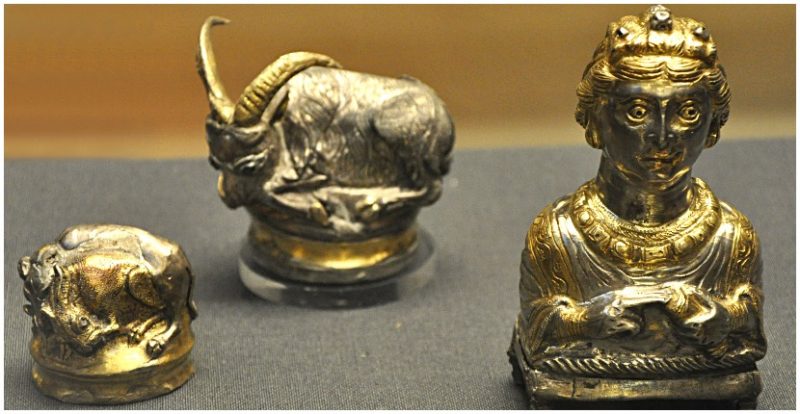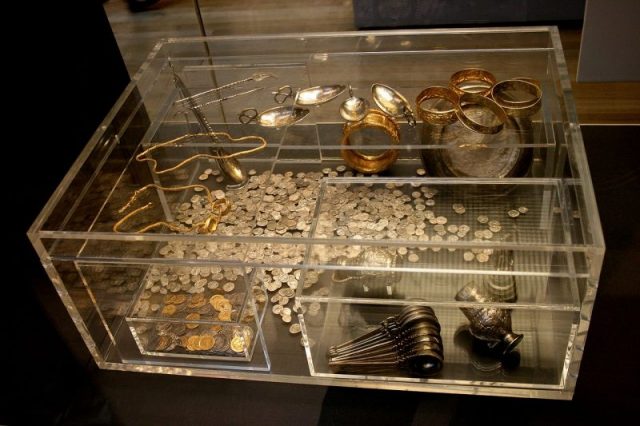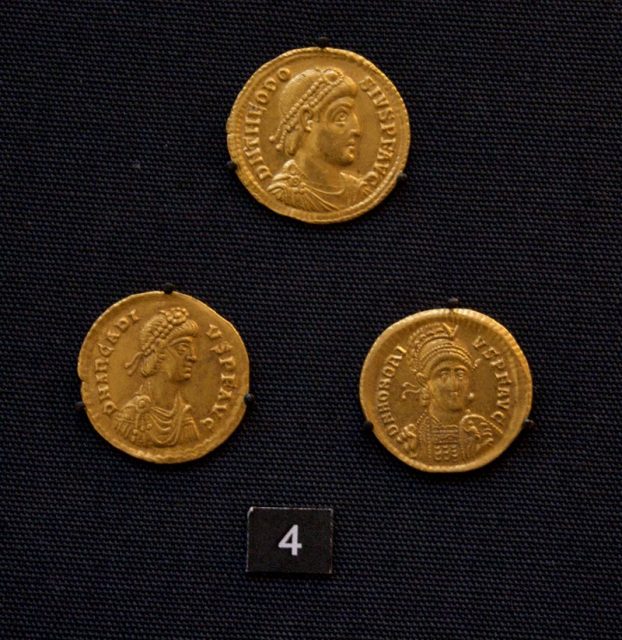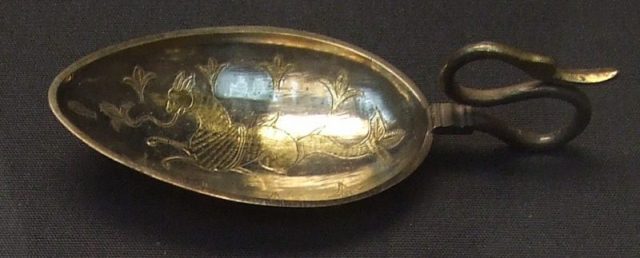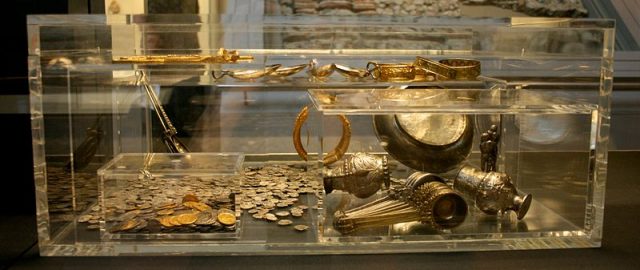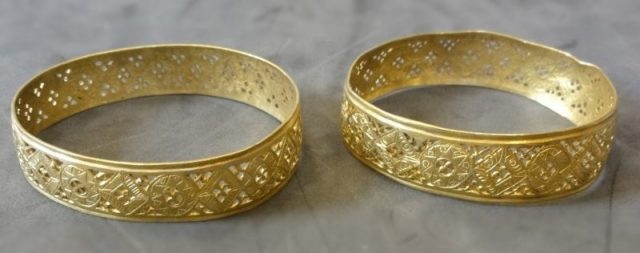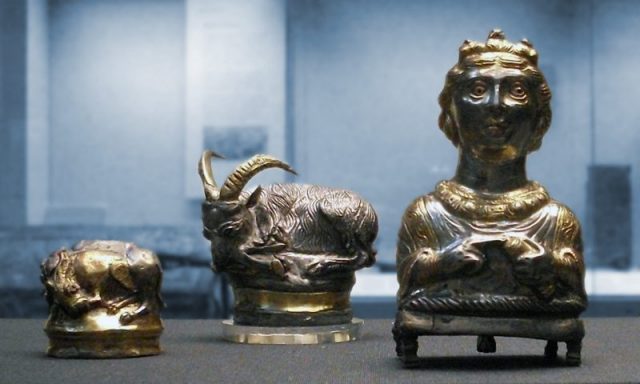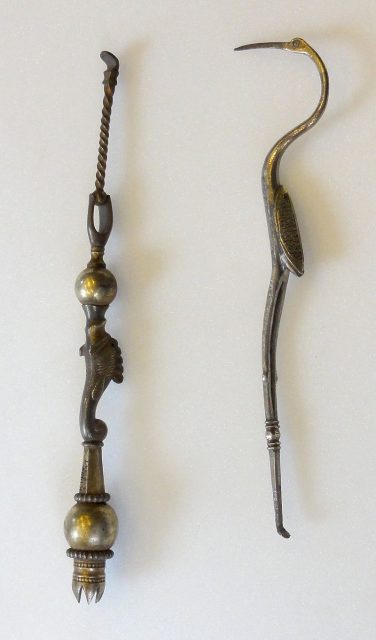The Rosetta Stone is one of the most extraordinary archaeological discoveries in human history, a dark and fractured slab that transformed our understanding of an entire civilization. Created in 196 BC during the fifth year of the reign of Ptolemy V, the stone bears a decree issued by a council of Egyptian priests who honored the young king by affirming his divine status and granting him privileges within temple rituals. What sets the Rosetta Stone apart from all others is its remarkable trilingual inscription: Egyptian hieroglyphs at the top, Demotic script in the middle, and ancient Greek at the bottom. These three scripts, carved with great precision on black granodiorite, reflect not only Egypt’s multicultural society under the Ptolemaic dynasty but also became the key that lifted the veil of silence surrounding Egyptian writing for more than a thousand years.
Crafted from an exceptionally durable igneous stone quarried far from the Nile Delta, the Rosetta Stone was originally part of a larger stela placed within a temple or administrative complex. Though the stone is broken and only a fragment survives, the care taken by its ancient engravers is remarkable. The polished surface, the evenly spaced characters, and the stylistic clarity reveal masterful craftsmanship. The hieroglyphic section once contained elaborate symbols used for sacred and royal inscriptions, while the Demotic text provided a practical, everyday rendering of the decree. The Greek pᴀssage, the most intact portion, was intended for the ruling administrators who had inherited Egypt after Alexander the Great’s conquest. Through its scripts, the stone stands as a microcosm of an era where Egyptian religious tradition coexisted with Greek political authority.
The stone’s modern chapter began unexpectedly in 1799, during Napoleon Bonaparte’s military campaign in Egypt. While soldiers under Lieutenant Pierre-François Bouchard were reinforcing defenses near the town of Rashid—known as Rosetta in European languages—they uncovered the stone embedded within the walls of an old fort. Recognizing its unusual inscriptions, Bouchard reported it to the scholars of the Commission des Sciences et des Arts, who instantly realized its potential. When the French surrendered to the British in 1801, the Rosetta Stone, along with other antiquities, was surrendered under the Treaty of Alexandria and shipped to London. In 1802 it entered the British Museum, where it has remained, becoming one of the most visited artifacts in the world.

The decipherment of the stone reshaped global knowledge. For centuries, scholars had been unable to understand hieroglyphs, mistakenly believing they were symbolic pictograms rather than a structured writing system. Because the Greek portion of the Rosetta Stone could be read, researchers began comparing royal names in Greek with their Egyptian counterparts. Early advances were made by British scholar Thomas Young, who identified that cartouches—oval shapes around hieroglyphs—contained royal names. But it was Jean-François Champollion who, in 1822, made the decisive breakthrough. By demonstrating that hieroglyphs used a combination of phonetic elements and symbolic representations, Champollion opened the door to reading thousands of inscriptions carved on temples, tombs, statues, and papyri throughout Egypt. From this discovery emerged Egyptology as a scientific discipline. For the first time in modern history, humanity could hear the voices of pharaohs, priests, scribes, and ordinary people who had lived millennia earlier.

The legacy of the Rosetta Stone extends far beyond the study of Egypt. It embodies the triumph of human curiosity, the persistence of scholars who refused to allow the ancient world to remain silent, and the belief that knowledge—no matter how deeply buried—can be rediscovered. Its trilingual inscription stands as a symbol of cultural exchange, reminding us that civilizations are shaped by interaction, translation, and the blending of ideas. The stone also raises important conversations about cultural heritage, ownership, and the responsibilities of museums, as Egypt continues to request its return. Regardless of where it stands physically, the Rosetta Stone remains a universal treasure, a testament to the possibility of reviving lost histories and reconnecting with the intellectual brilliance of the past. Through its dark polished surface and carefully carved signs, it tells the story of how humanity gained the ability to read the words of ancient Egypt once more—a triumph that still inspires millions around the world.
A Farmer’s Misplaced Hammer Led to the Largest Roman Treasure in Britain
